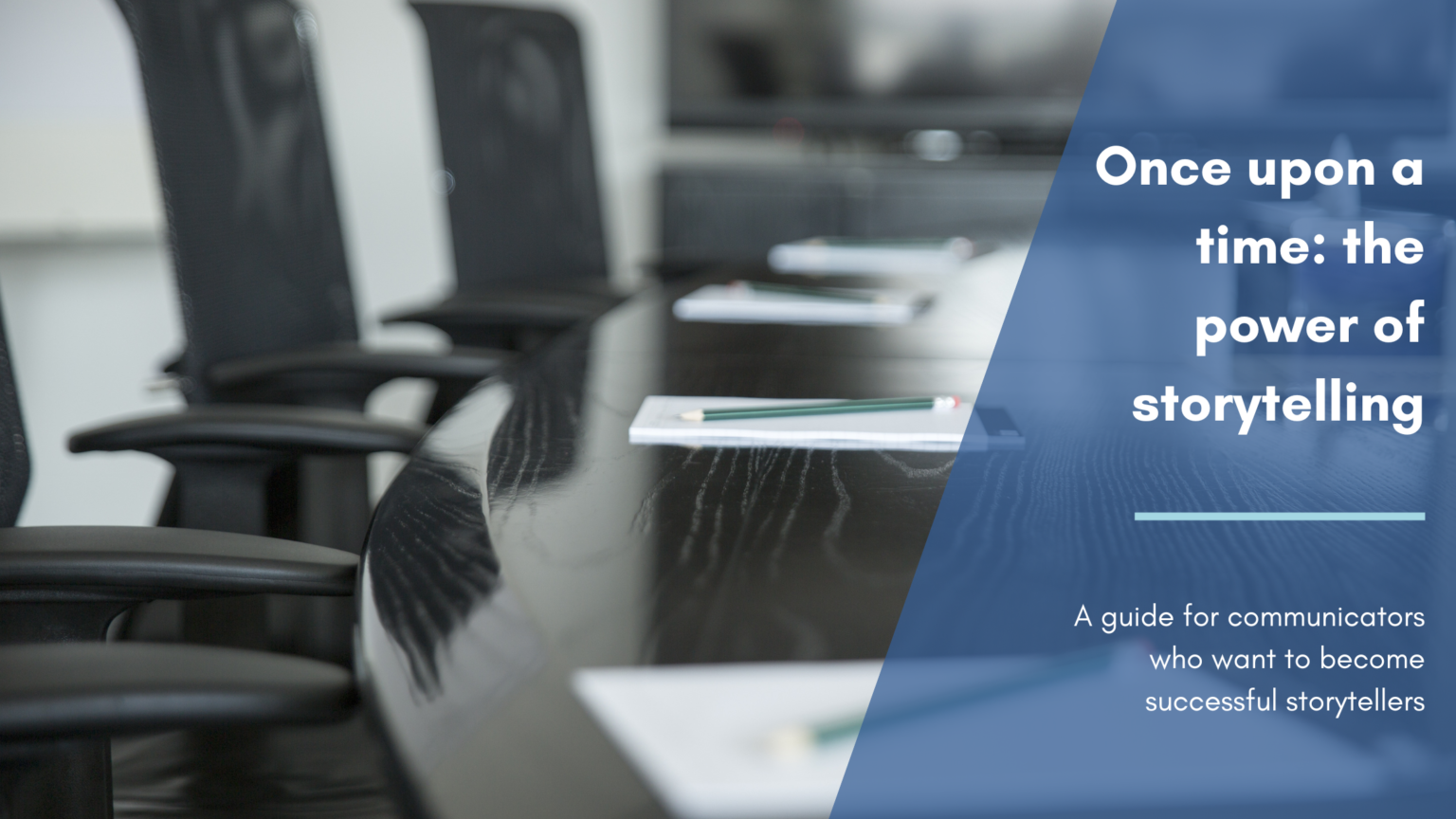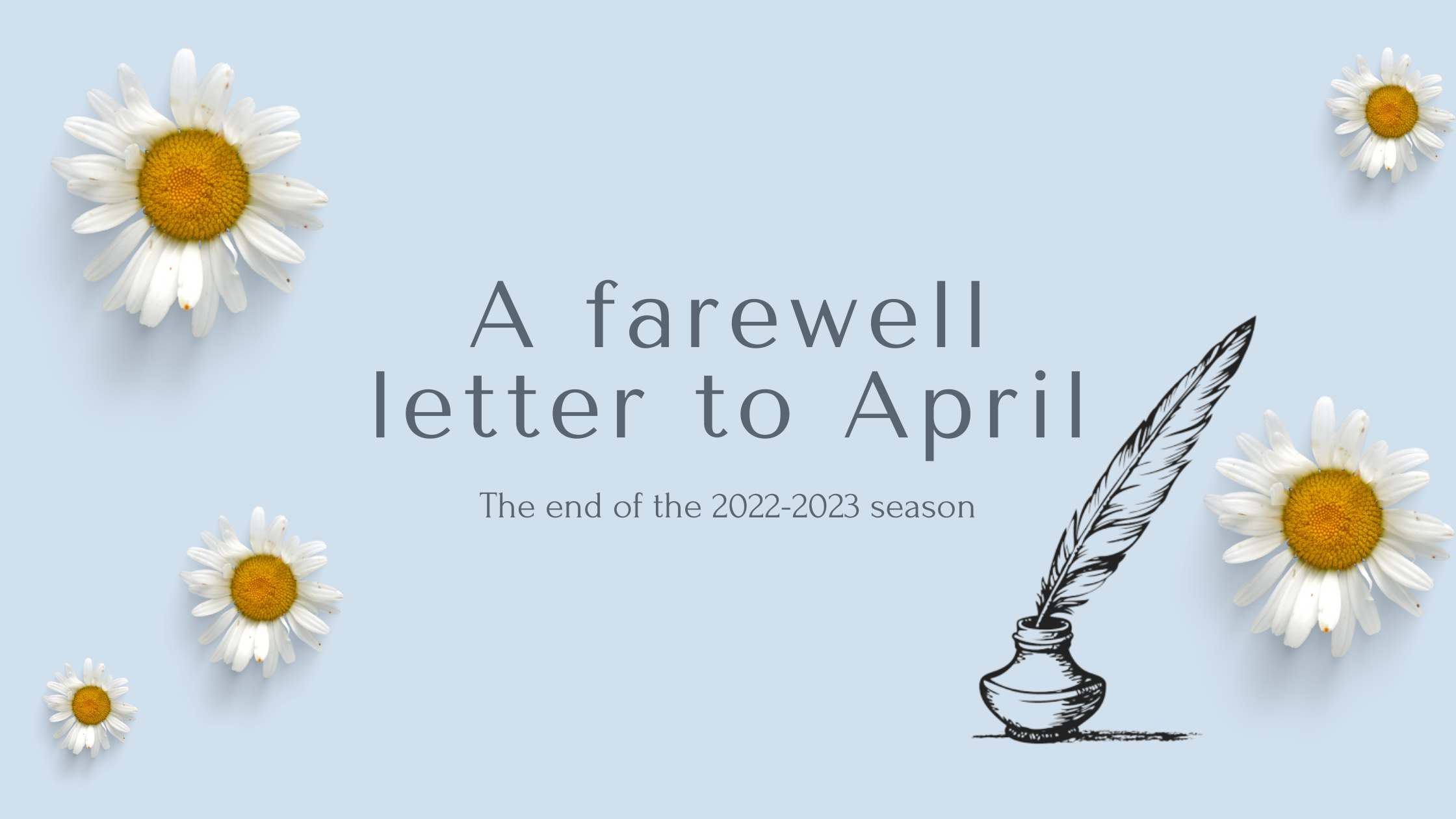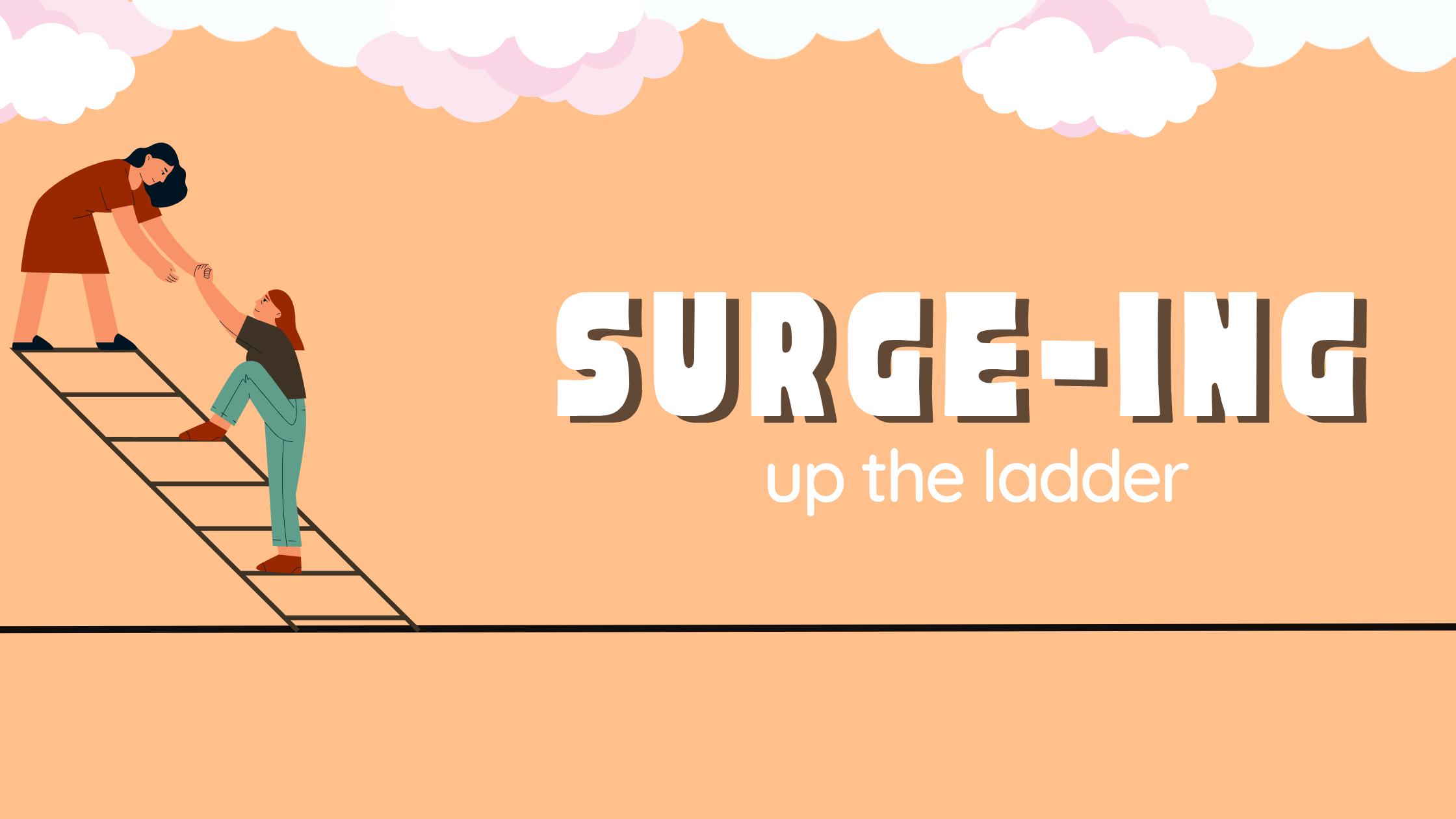A guide for communicators who want to become successful storytellers
Think of the last story that truly caught your attention. Maybe you couldn’t put down the story and whoops, you realize it’s 3 a.m. Or maybe you were in the middle of watching your favourite Netflix series when Netflix had the audacity to ask, “Are you still watching?” Of course, I was still watching, I merely needed some popcorn.
The point is storytelling is immensely powerful with the way it can captivate us. And not just for entertainment value. As an aspiring public relations professional looking to climb the ranks from co-op student to middle management, to hopefully someday becoming an executive, learning all about how impactful storytelling can be for your organization is a valuable asset.
If done correctly, storytelling can help an organization accomplish a core objective: producing content that resonates with your employees and reaches a wide array of audiences. It’s no secret that when the COVID-19 pandemic became headline news, it impacted our lives and changed the way communicators thought. We went from in-person gatherings in large boardrooms to Zoom difficulties and forgetting to turn off your microphone. We’re still getting over the fear of showing our faces when speaking because we may have bedhead.
This is why storytelling is more important now than ever before! It’s time to recapture your employees’ attention and start getting them to care – because employees are at the center of all organizations and without them, no organization can exist. Employees are feeling overwhelmed and distracted by the hustle and bustle in a digital workplace, so why not reward them with a compelling story?
Diversity, equity, & inclusion in storytelling
Diversity, Equity & Inclusion (DE&I) has been included in many workplace strategies and implementations over recent months. Ever since the tragedy of George Floyd in May of 2020, the need for strong DE&I leadership teams has been warranted – and certainly long overdue. That’s why I wanted to sit down with a person who is passionate about bringing DE&I practices into her workspace and fostering inclusiveness, acceptance, and belonging in the team dynamic.
Priya Bates is a remarkable woman with a comprehensive resume, that includes working in internal communications for twenty-two years. She is the President & CEO of Inner Strength Communication, an agency that helps organizations enable, engage, and empower employees to manage change and deliver business results successfully (Inner Strength Communications, nd.). She is also the co-founder of A Leader Like Me, which helps underrepresented women and non-binary people of colour progress further in their careers and achieve their leadership goals (A Leader Like Me).
Bates is exemplary in her roles and uses storytelling within her organizations to empower employee voices. She explains the importance of storytelling in DE&I. “Storytelling helps us connect and relate to one another,” says Bates. “When those stories come out, people can make it personal. One of the good things that a successful story has is it helps to see yourself in the story or helps you understand somebody else better.”
Connecting humanity through storytelling
I have been involved with the internal communications niche since I attended the Voices Conference in New York City in late May. The conference is held yearly (but this was the first time it was hosted in-person since COVID-19) and it’s designed for internal communication professionals to convene, network, and learn.
W. Kamau Bell was one speaker, and I vividly remember the standing ovation he deservingly received when he appeared from behind the curtain. It’s not every day that you’re in the presence of a man who has such a long list of accolades. Bell started his career as a stand-up comedian but rose to fame over his smash-hit Emmy Award Winning CNN docu-series titled “United Shades of America with W. Kamau Bell.”
Bell gave an interesting keynote on storytelling – which is extremely relevant if you watch his show or understand the reference. His show takes him through communities in America as he explores and understands the unique challenges they face. He explores these challenges and how they are impacted through storytelling.
When Bell was asked about how he approaches interviews on United Shades of America, the advice he gave was so simple, but it resonated with me: Listen first. Be human. “The more I stopped talking, the better I became at storytelling,” Bell said at the Voices Conference in May. “I always try to connect to the humanity and connect to the person. I try to find a way to get through to the person and not the issue.”
Through his seven successful seasons running the show, he has continued to use this technique to empathetically listen to the traumas, challenges, or conflicts that the interviewee is willing to share with him and viewers.
Bates also touched on humanity in storytelling. “What we’re trying to do when we tell our stories is to showcase our humanity and really help people understand who we are.”
Using storytelling as a communications tool
Storytelling is a central part of organizational life, shaping corporate culture and influencing behaviour (Barker & Growner, 2010). Storytelling has a myriad of functions and using the tool can help unlock your full potential and realize your employee engagement goals and strategies.
As we embark on our communication careers and ponder our futures, Bates provides strong advice for internal communication who are looking to implement storytelling in their organizations and workspaces. “If storytelling is connected to what we’re trying to accomplish, it is a very results-purposeful tool,” says Bates. “What do I want the clients to think of? What do I want them to understand? What do I want them to do? And what do I want them to believe? Is there a story out there that brings all that together, captures their interest, and is memorable for them to want more information?”
According to Bates, those are the essential questions you should be brainstorming before you begin writing a resonating story that impacts your organization that also connects to humanity.
Article By: Nathan Buchanan
Editor: Co-Editor-in-Chief, Emma McCluskey





